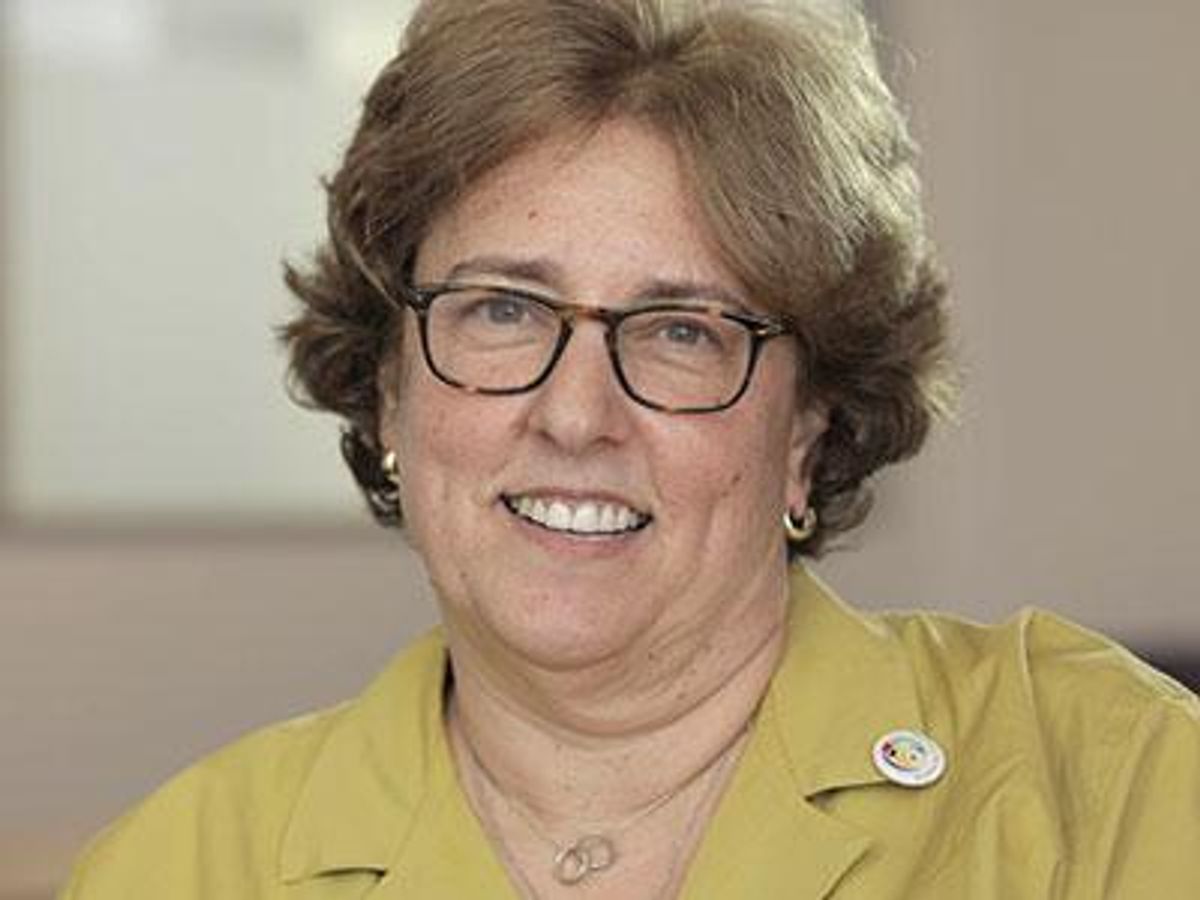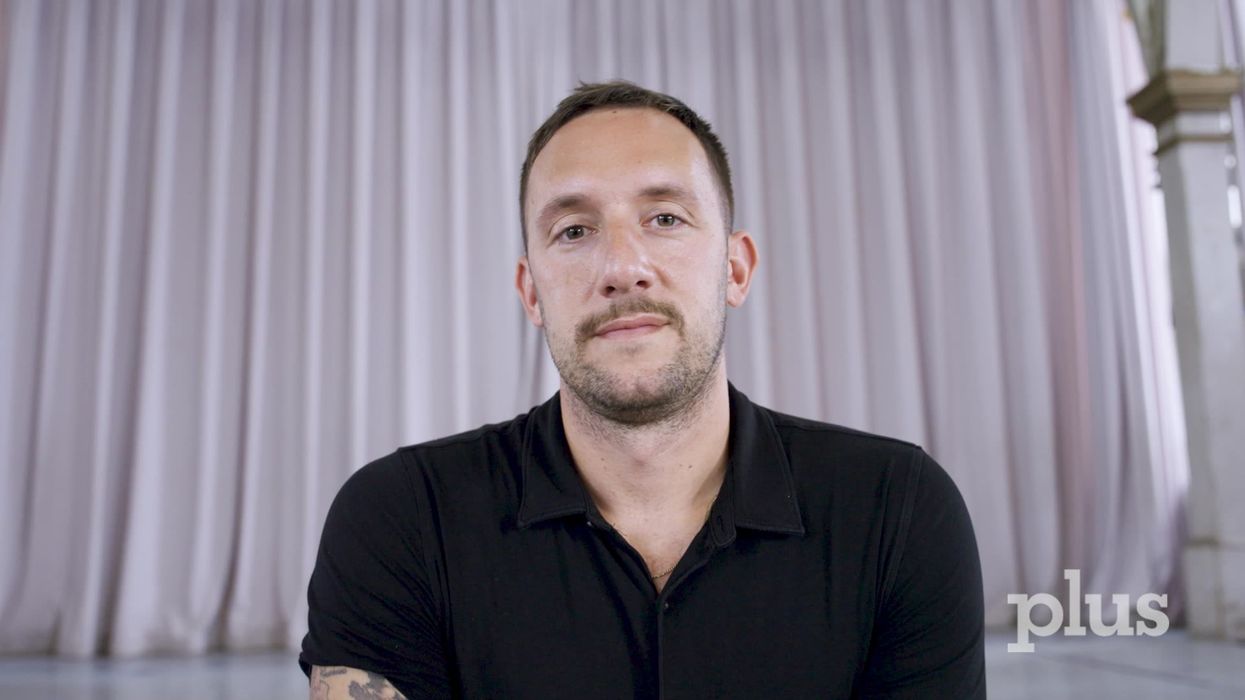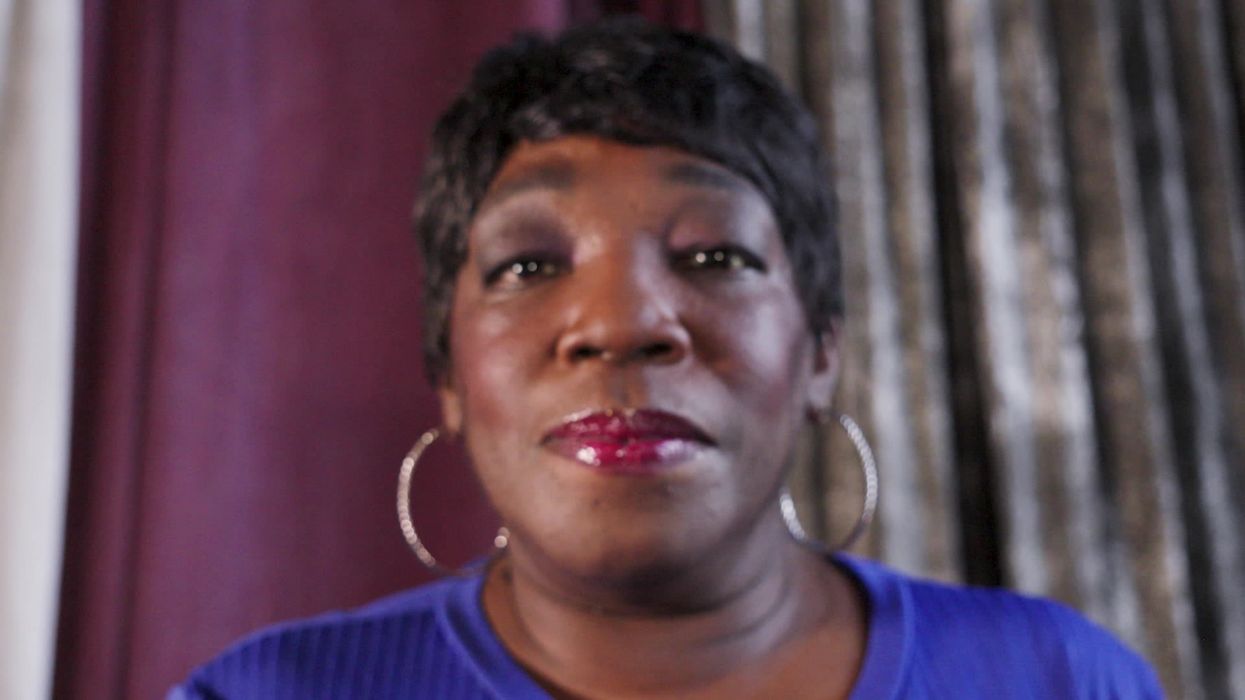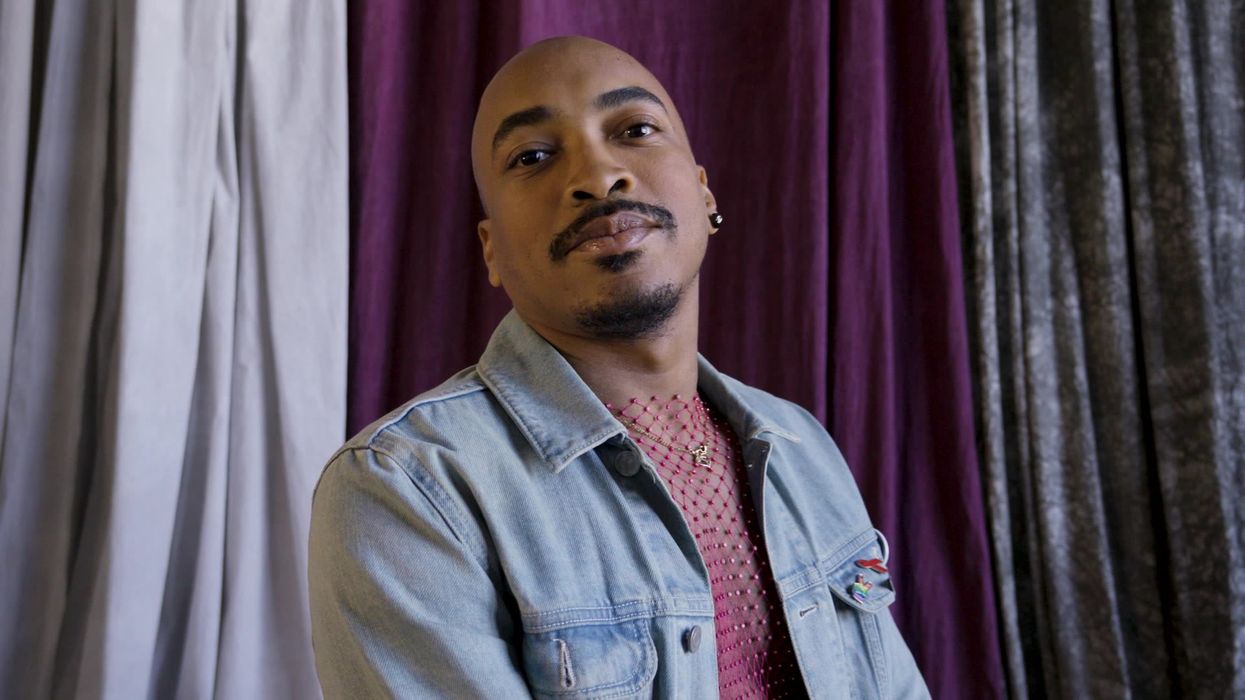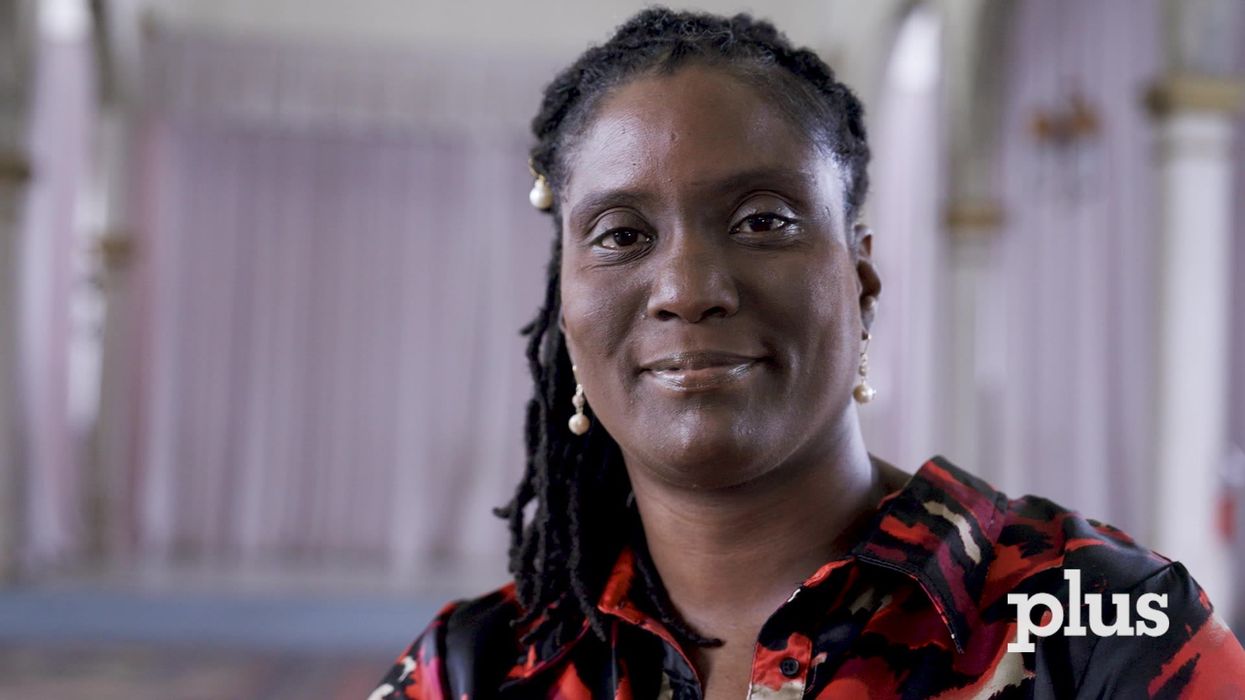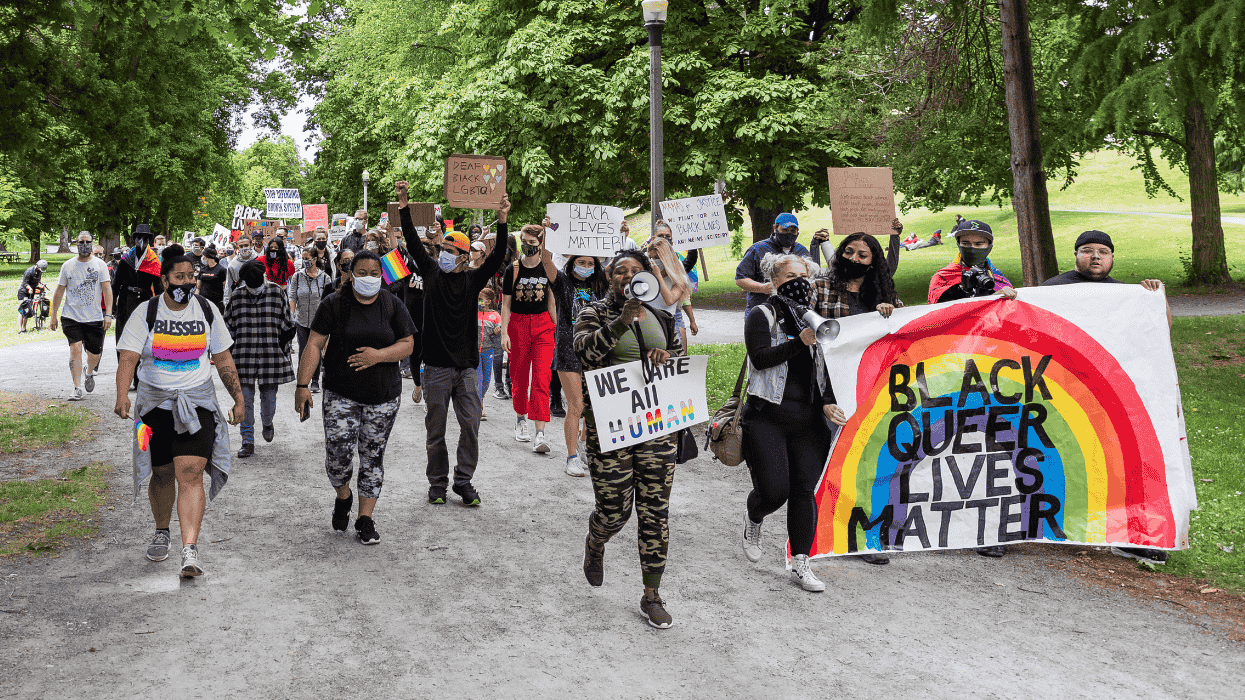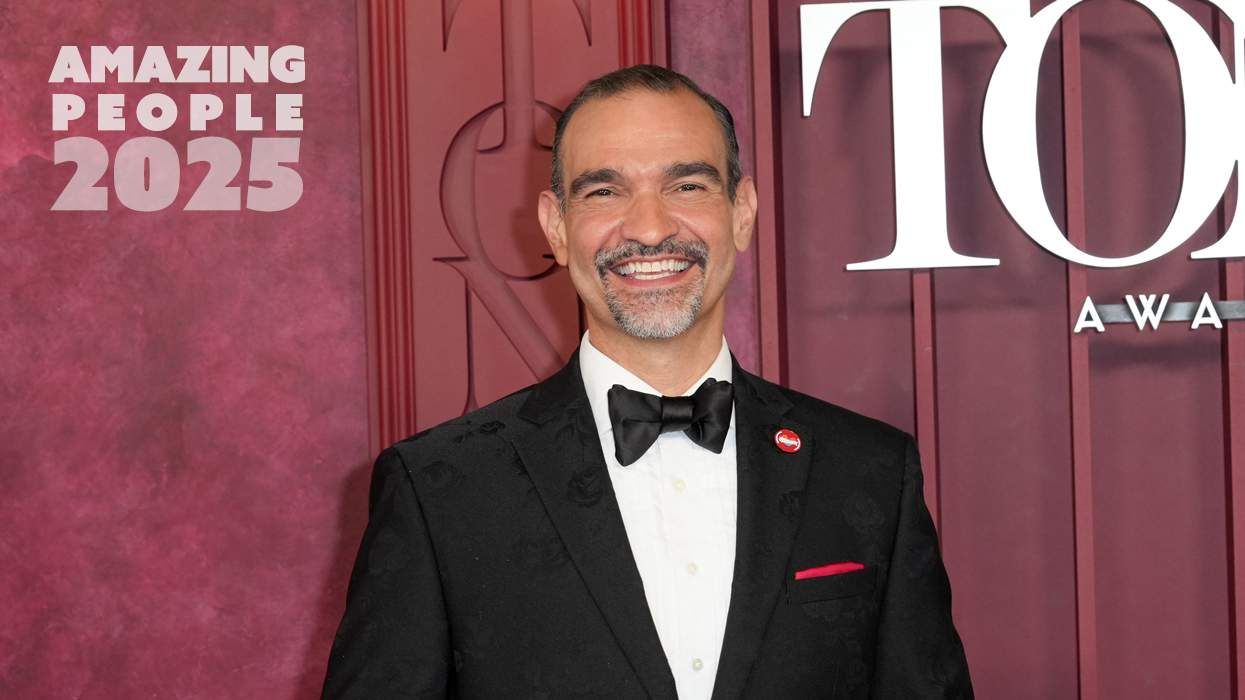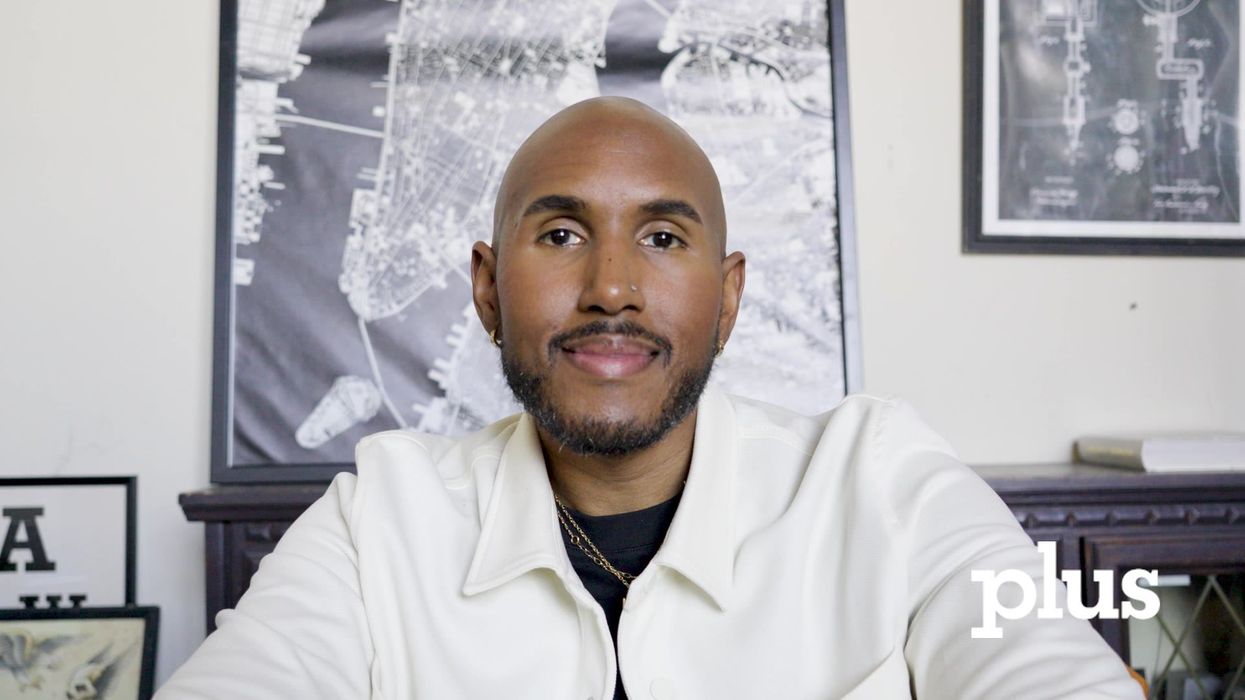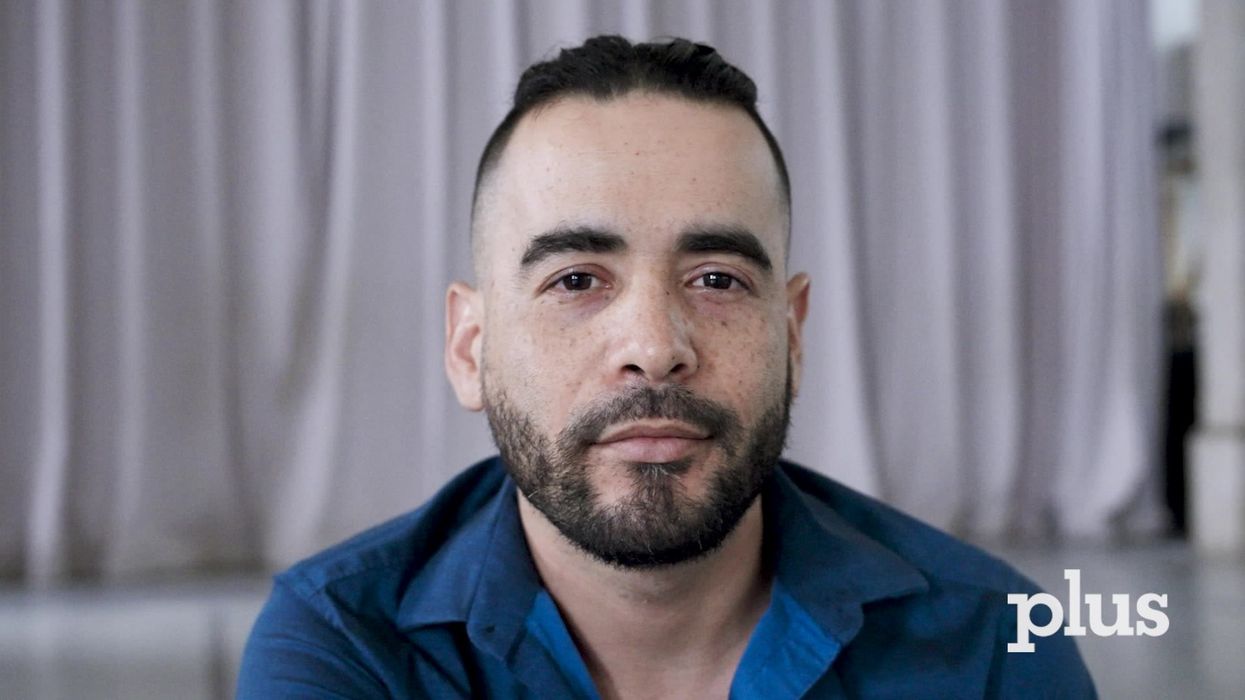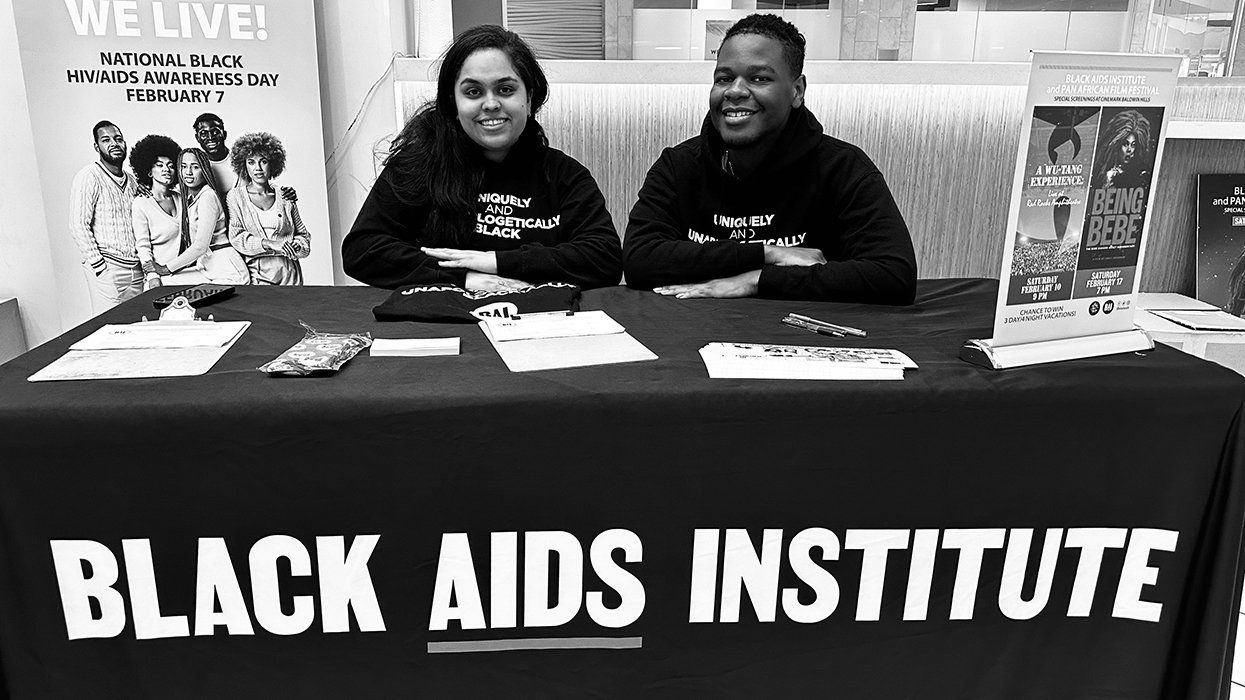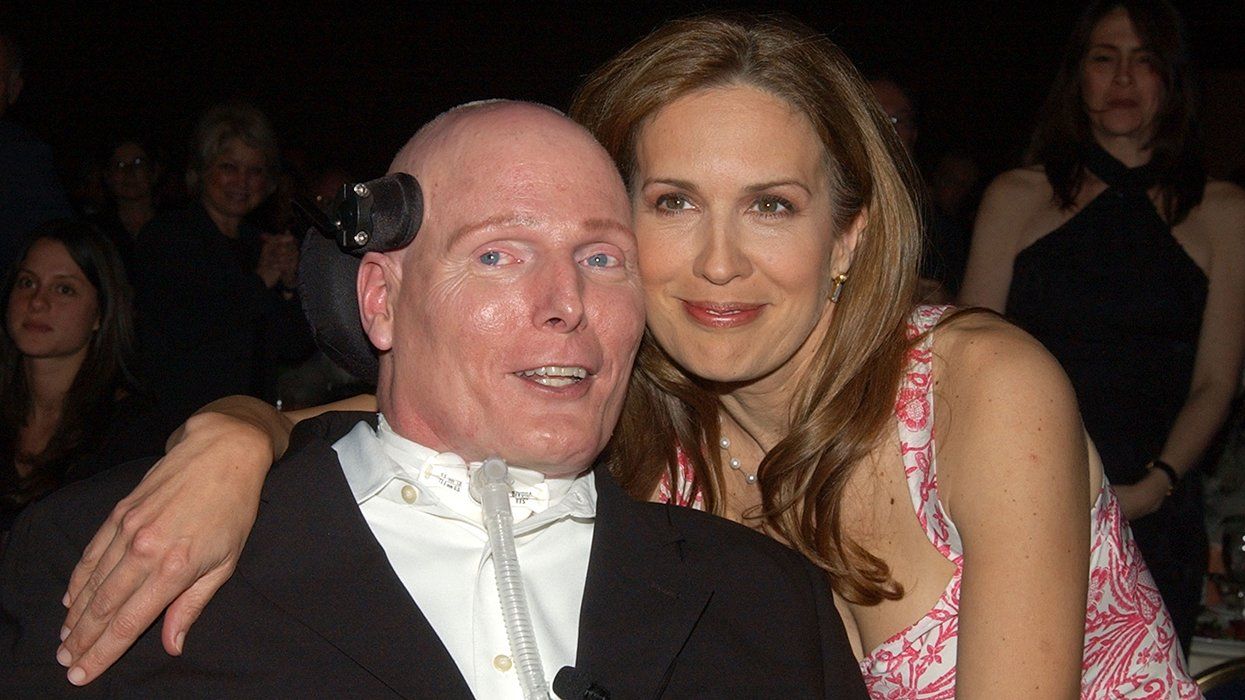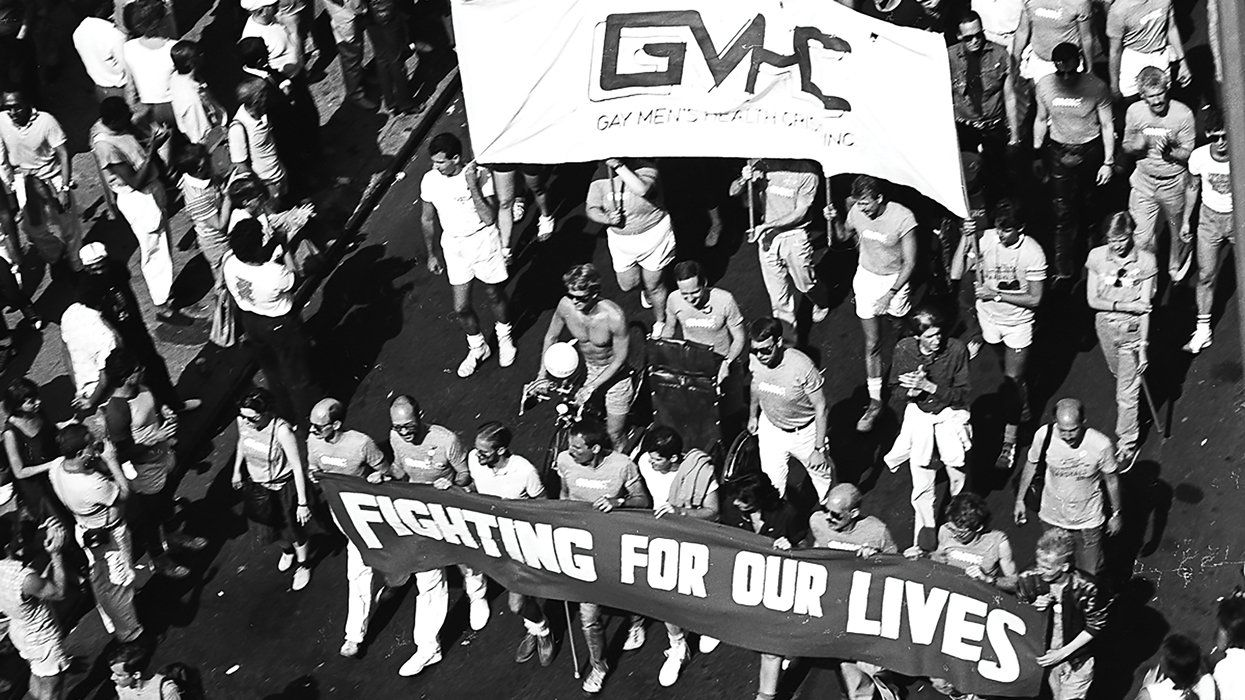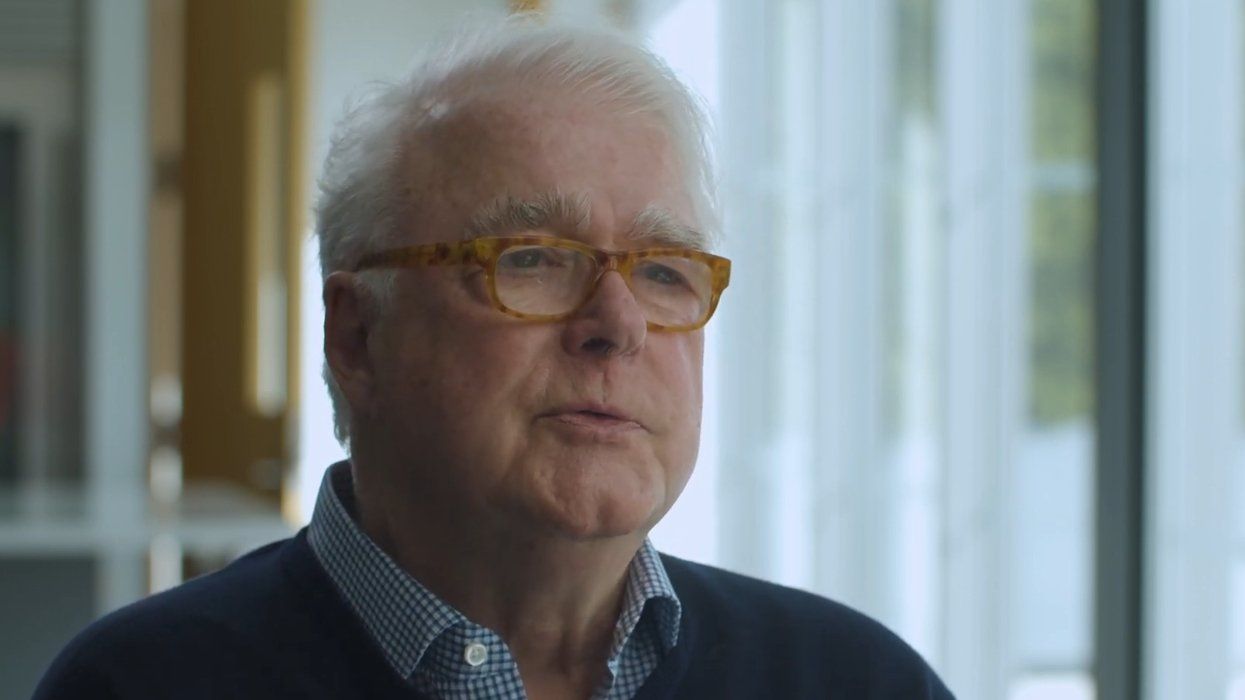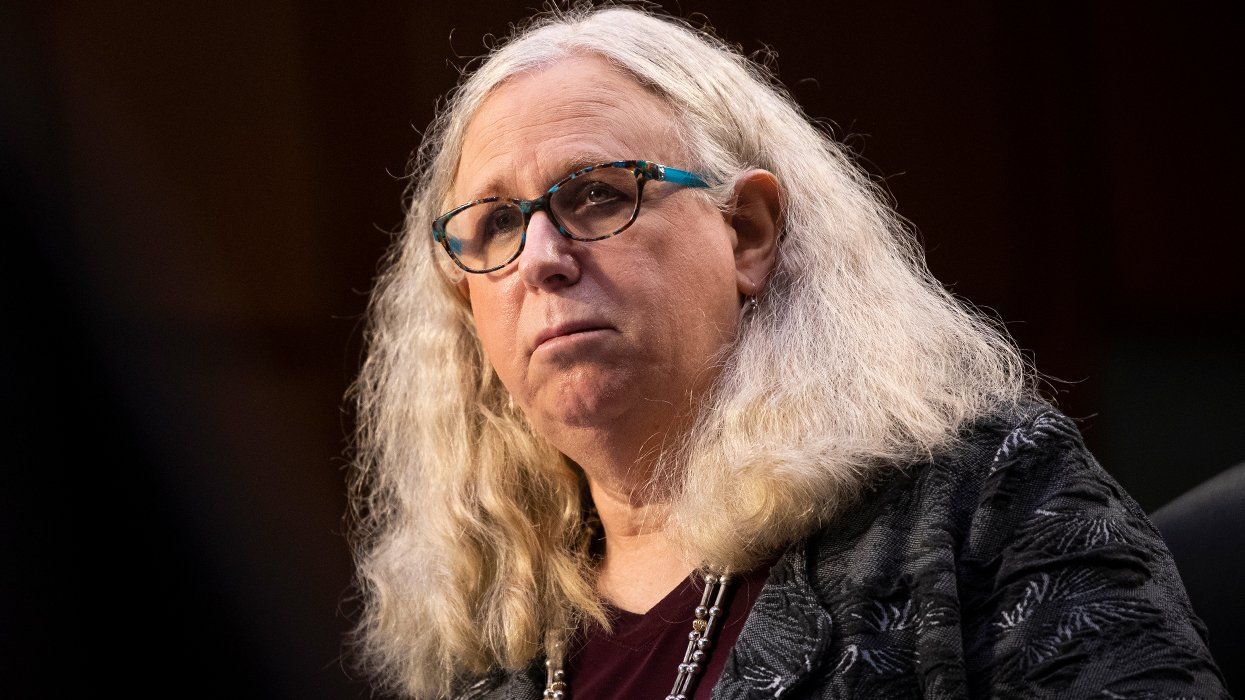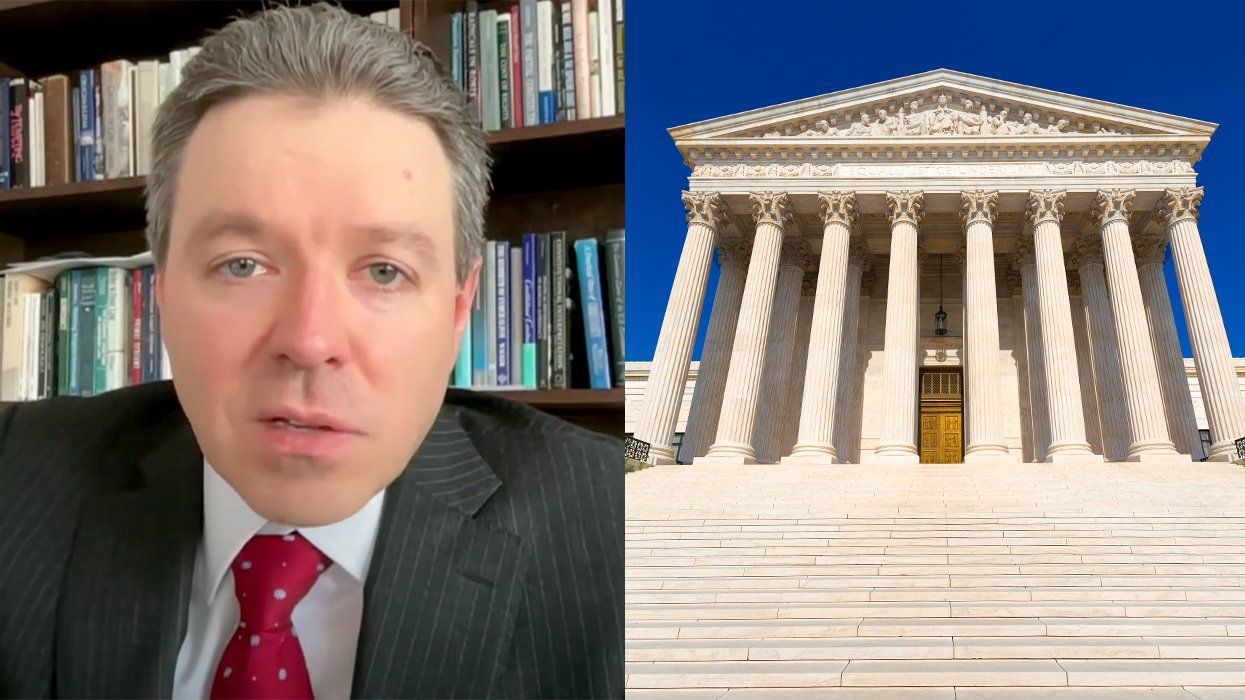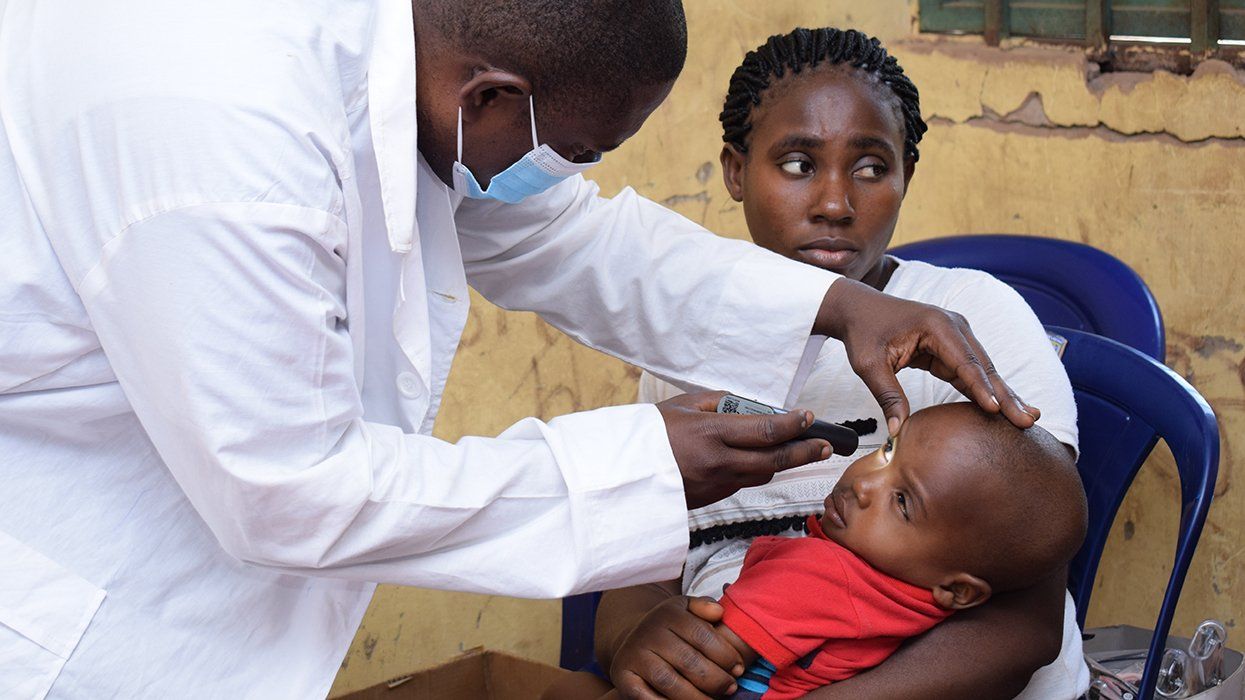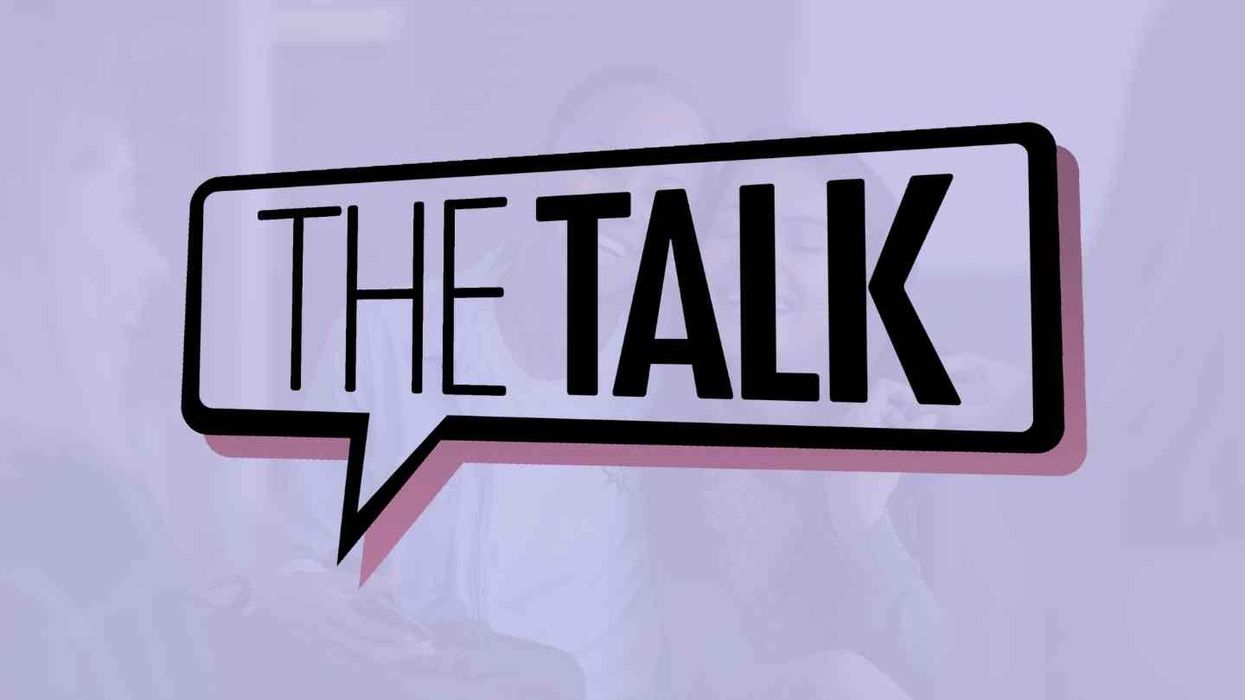How did the response to last year's Ebola epidemic compare to the response to AIDS? That's what I asked Donna Futterman, the medical director for the Adolescent AIDS Program at Children’s Hospital at Montefiore and professor of clinical pediatrics at Albert Einstein College of Medicine in the Bronx.
Futterman, who started medical school in the early eighties, was particularly attuned to that decade's emerging AIDS epidemic as a lesbian and gay rights activist. Now, after 25 years of practice, Futterman reflects back on that harrowing experience and compares it to the latest Ebola panic.
When the first U.S. patients began coming to doctors' offices with symptoms of what would later be known as AIDS, noone knew why these gay men were getting sick. When more and more became not only ill but quickly withered and died, fear began to creep into some medical community minds. At that time, no one knew that the HIV virus caused AIDS, and there was fear that people could get the disease from anything touched by someone who was already sick.
While many dedicated medical professionals stepped forward to care for those with this mysterious and deadly disease, others feared not only the disease itself and those who were already ill, but also anyone who shared demographic characteristics with those who were ill (especially gay men).
Gripped by fear, many health providers simply refused to provide medical treatment to those with AIDS-related illnesses. In an ironic turn, others refused to take even the most basic steps to protect themselves; for example by refusing to wear gloves when taking blood. This deep seated panic combined with a refusal to take reasonable precautions is reflected in the overwhelming fear people have of Ebola, even as they seem unaware of a simple fact: Ebola can only be transmitted by someone who is already visibly ill. (It is through contact with the blood of an ill person that the infection spreads.)
Jhpiego, a global health non-profit and affiliate of Johns Hopkins University, showcases an advanced protective suit for healthcare workers who treat Ebola patients during an event on the side line of Mercedes-Benz Fashion Week Fall 2015.
Futterman notes that another factor shared in the response to AIDS and Ebola is the overconfidence that some people (including policy makers) have expressed. In the early days of AIDS, people were convinced that the disease would never strike heterosexual individuals. As Ebola spread through parts of Africa, the American public, was assured that the U.S. wouldn't see any Ebola cases. With global commerce and international travel there will always be ways for an illness to spread. Misleading the public with false assurances can backfire and fan the flames of panic.
Futterman says the early response to AIDS reminded her of growing up in the 1960s, watching television and witnessing the way some people responded to de-segregation efforts. Many black children who attempted to attend newly integrated schools were met by hatred, protestations and discrimination, Twenty years later, Futterman says she witnessed similar responses by parents determined to keep HIV-positive children out of schools. More recently, we have seen children attacked or stigmatized in schools because they are perceived as African immigrants, particularly if they are believed to hail from where Ebola is prevalent.
With Ebola, we have again seen medical professionals stigmatized if they have previously cared for Ebola patents or visited a country struggling with the disease. New York and New Jersey for example, began enacting policies to isolate people who were still asymptomatic.
Futterman reiterates that, unlike AIDS in those early days, we already know how Ebola spreads and that people cannot transmit the disease when asymptomatic. Yet we still see people in medical professions expressing what are essentially unwarranted fears but which still lead to poor public health policies like establishing quarantines.
New York Governor Andrew Cuomo responded to Ebola the way many people did when confronted by the AIDS epidemic; by calling for quarantines. Fortunately clearer heads prevailed in both circumstances. Eventually, Cuomo responded to urgings by many in New York’s medical community (as well as the Obama administration) and did "revise" his decision about quarantining medical workers.
Reflecting on all of this, Futterman believes we can take some lessons from the AIDS and Ebola scares. For example, she says that we need to be "guided by science", but "science has to be humble." She means that we need to remember that what we think we know may change as we learn more. We have to help calm the public’s fears and help them understand the truth, but we cannot err with overconfidence in what we know.
Futterman says one of the worst things abut the Ebola scare is how fears of Ebola in the US dominated headlines and overshadowed the real crisis occuring in West Africa. Futterman dislikes that America spent money to fight the disease in the US (despite the fact that there were never more than a handful of cases here) that should have been spent fighting the real epidemic in Africa.
Caught up in a fear over a threat statistically unlikely to impact them, the American public panicked about Ebola but didn't go get thier flu shots, despite the fact that Influenza can kill up to 25,000 people per year in the U.S. alone.
Instead of fearing exotic diseases like Ebola, Americans should take the precautions we know can prevent the spread of HIV. Unlike Ebola, HIV really is a major threat to the health of Americans. The Centers for Disease Control and Prevention notes that more than 1.2 million people in the United States are currently living with HIV, and almost one in eight (12.8%) of those who are positive are unaware of their status. Although HIV is no longer the death sentence that it was in the 80s, it is still a serious and sometimes debilitating chronic illness.
But there is no need to panic. We have to tools to end the spread of HIV. Get tested and if you're positive get on treatment; if you're negative, stay that way by using protection (consider PrEP) and not sharing needles.
One thing that diseases like Ebola and HIV do have in common is this: ignorance and denial help their epidemics spread.
